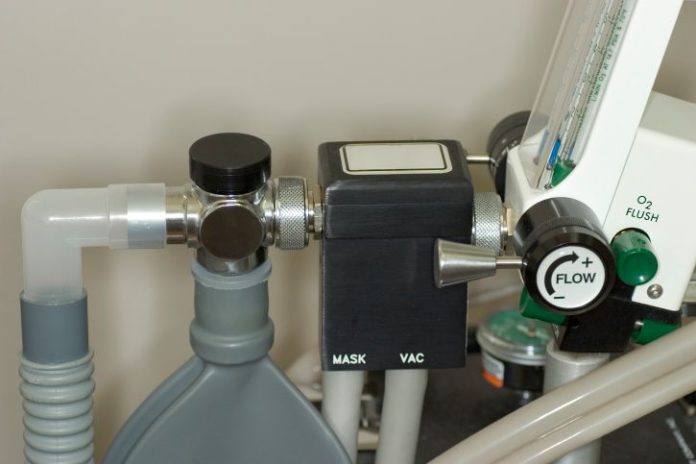Inhaled pain relief appears to be effective in reducing pain intensity and in giving pain relief in the first stage of labour, say Cochrane researchers. These conclusions came from a systematic review that drew data from twenty-six separate studies that involved a total of 2,959 women, and are published in The Cochrane Library.
Many women would like to have a choice in pain relief during labour and would also like to avoid invasive methods of pain management. Inhaling a mixture of oxygen and either a flurane derivative or nitrous oxide reduces pain, but enable the mother to remain awake and able to swallow normally. This form of pain relief is easy to take, can be started in less than a minute and becomes effective within a minute.
The review found that women who used nitrous oxide had more pain relief than those who had no analgesic at all. The women do need to be warned, though, that this gas can cause side effects such as nausea, vomiting, dizziness and drowsiness. If fluranes were available, using them gave a more powerful effect than nitrous oxide, while at the same time having fewer side-effects.
While fluranes can only be given to women under supervision of an educated analgesia professional, nitrous oxide can be administered by midwives. “This is probably the main reason why flurane use is not widespread and also why little research is done on this form of inhaled analgesia for the management of labour pain,” says lead author Trudy Klomp, who works at the Department of Midwifery Science and the EMGO Institute for Health and Care Research at VU University Medical Center, Amsterdam
The researchers believe that a more widespread use of nitrous oxide could help many women who at the moment do not have any option for pain relief, but where there are appropriately trained anaesthesia professions flurane is the preferred gas to use.
“We need to apply some caution to these findings as there was a lot of variation in the analyses of pain intensity and of pain relief between the studies and some of the trials involved small numbers of women,” says Klomp. “But despite these limitations, inhaled analgesia’s ability to significantly reduce pain intensity and increase pain relief indicates that it can help women in labour, particularly those who want pain relief but do not want more intensive forms such as epidurals.”
The authors call for more trials to be conducted that involve larger numbers of women and look particularly at which forms of anaesthetic give a woman a greater sense of control in labour, satisfaction with the whole childbirth experience and ease in moving on to breastfeeding.
Source: Wiley











